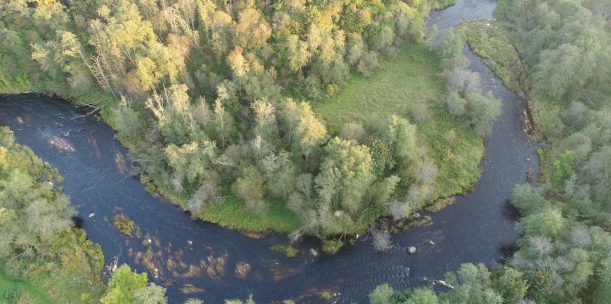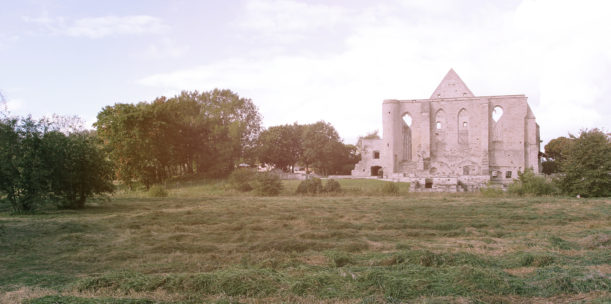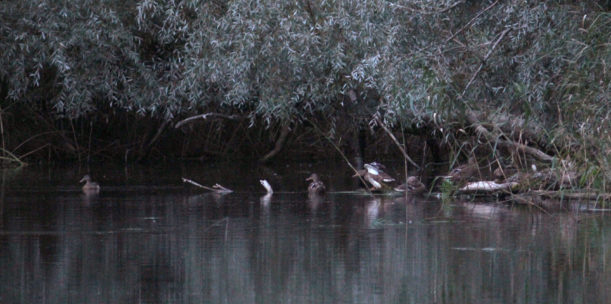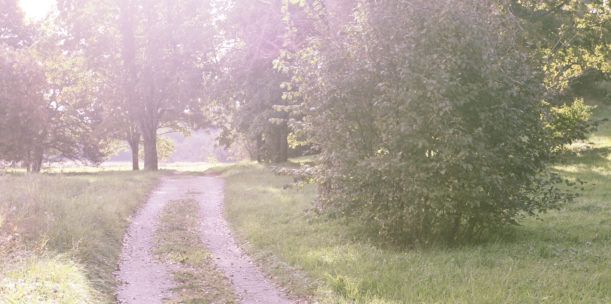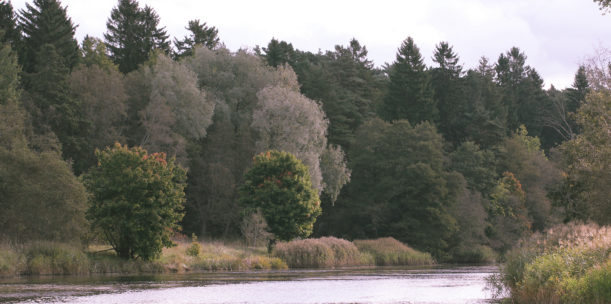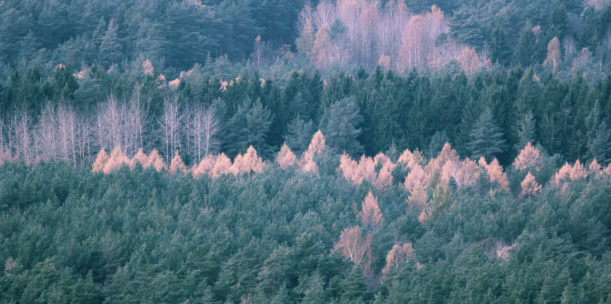The landscape reserve was established in 1957 and it covers 703 hectares: the Pirita River Valley, its terraces, outcrops, and various plant communities. 150–200-year-old pine forests grow on the terraces of the river valley. There is also the former Kloostrimetsa bog (20 hectares), which has become a blueberry-mould bog pine grove due to human activity. The landscape reserve is an important corridor for mammals. The diversity of the habitats has created the prerequisite for the emergence of varied wildlife. There are about 650 plant species growing in the area and more than 120 bird species have been counted there. It provides habitats for several protected plants, such as the sea thrift, small pasque flower, Baltic Marsh Orchid, creeping lady’s-tresses, and broad-leaved helleborine.
The area is also an important feeding spot for bats in the summer. The valley of Pirita River is typical to North Estonia: the lower course of the river is deep, has a big slope, a low riverbed with many boulders, a narrow flood plain, and terraces on the valley edges. On the left bank of the river is the Lükati outcrop, the upper part of which consist of sandstone, and the lower part is mainly clay.
Tallinn Botanic Garden and the Iru Hill Fort also remain in the area of the landscape reserve. The nearby Metsakalmistu cemetery is where many outstanding Estonians have been buried: Eduard Vilde, Konstantin Päts, Lydia Koidula, Anton Hansen Tammsaare, Paul Keres, Raimond Valgre, and Georg Ots.
